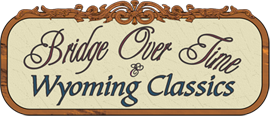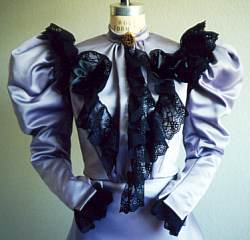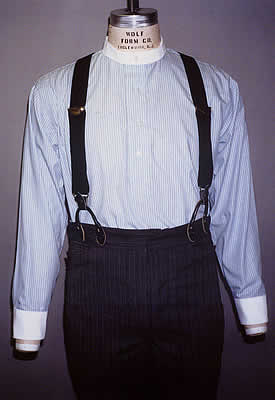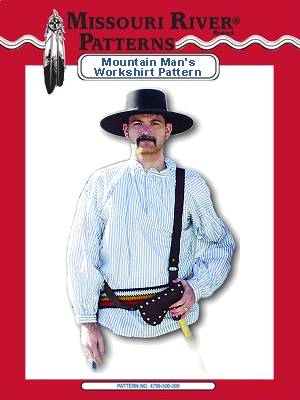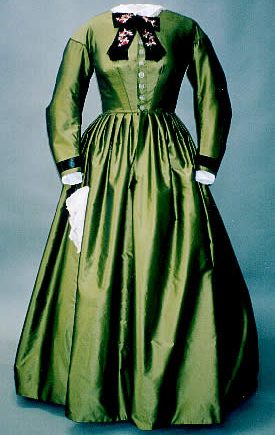Description
About Your Child’s Moccasins Pattern
The Indians of the Plains and Plateau areas, men women and children alike, wore this very basic, hardsole type moccasin which was developed out of necessity as protection from the hard, and sometimes rocky ground of the prairie that was their home. Normally constructed with soft tanned elk or buckskin uppers and supple, but tough rawhide soles, they represent the most highly refined form of Native American footwear. Today they remain a popular style of moccasin and are both comfortable and durable for dancing, camping or everyday wear.
Since the Cheyenne moccasin makers have been the acknowledged masters of the art for years, we have shosen to present the typical Cheyenne style of cut and construction in this pattern. Other tribal variations are shown in examples on this cover sheet as well as the instruction themselves and are easily adapted using this basic hardsole moccasin design.
The two most challenging aspects of moccasin making are achieving a proper fit and an authentic style. The highly detailed instruction, illustrations and other information contained in this pattern represent many years of research and “hands-on” learning of how to make moccasins the Indian way. We would like to extend our deepest appreaciation to Nellie Stevens, Barry Hardin and Carl Jennings for their generous assistance in the development of this pattern.
Notions & Tools
Simulated or genuine sinew, beads or porcupine quills, if desired for decoration. A sharp awl is also necessary for moccasin making, along with a glovers needle for easy stitiching through leather.
Suggested Materials
Ideally, Indian-tanned buckskin or elk is used for the uppers, welt (a narrow lace that is sewn between the upper and sole), and laces, but any soft, commercially tanned leather (including elk, buckskin, split cowhide, etc. in a 4-5 oz.. weight) is very good.
Soles can be made of hand-prepared rawhide (especially for moccasin soles) or 8-10 oz. white latigo or strap leather. Genuine sinew (a thread-like muscle from the leg or back of an animal) is best for sewing on the soles, but simulated sinew is an excellent substitute and is somewhat easier to work with.
